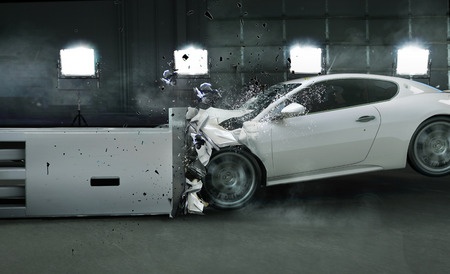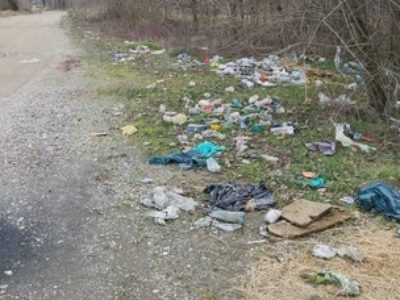

Car Accident Fatalities: Small Car Safety
Most people know that bigger, heaver vehicles protect passengers better than small cars from car accident fatalities. If you are in the market for a vehicle for yourself or your teenager, you are likely weighing many factors including safety ratings, gas mileage and cost. The downside of larger vehicles is their tendency to be “gas guzzlers” but smaller cars aren’t as safe.
Car safety improvements Reduce Car Accident Fatalities
All cars have improved safety standards over the last decade, making new small cars safer than they have been in the past. One of the most important safety changes started in the 2012 model year; Electronic Steering Control (ESC) became mandatory in all vehicles. The technology helps drivers stay on course/maintain control of their vehicle by preventing skidding in slippery conditions or dangerous curves. Auto manufacturers also installed more airbags and strengthened the roofs of SUVs and trucks on models that had lacked adequate roof strength to protect passengers in a roll-over crash. In the last couple of years automatic emergency braking and forward collision warning systems were added to many cars, preventing them from getting into accidents in the first place. As a consequence of these changes, every vehicle size category has seen a substantial decrease in deaths over the past 10 years.
As a direct result of these safety improvements, 2015 Insurance Institute for Highway Safety (IIHS) data showed that car crash deaths per million registered vehicles decreased 56 percent for the mini-car category from 2005 to 2015; 57 percent for small cars, 46 percent for midsize cars, 28 percent for large sedans, 71 percent for large SUVs, 60 percent for small SUVs, 78 percent for small trucks and 63 percent for large trucks. Safety experts credit the ESC feature for the fantastic drop in fatality rate for pickup trucks.
Bigger, heavier vehicles are safer than small vehicles
New big, heavy vehicles are still safer than new small vehicles (at least in frontal and rear car crashes) because they have bigger crush zones with longer hoods and protruding trunks.
The laws of physics bear out in car crash tests. In a 2015 study completed by the IIHS, the heavier vehicle usually moved the lighter vehicle backward on impact which means more force on the small car passengers and less on the large car passengers. This finding is matched by IIHS car accident fatality statistics: the lowest 2015 fatality rate by vehicle type was for very large SUVs at 13 deaths per million registered vehicles. The highest was for mini cars at 64 deaths per million registered vehicles.
Comparing crash test scores across class sizes
Crash test scores measure the driver’s ability to survive a crash. These scores can only be compared within a class size; an SUV and a mini car with the same crash test score are NOT equally safe in a car crash.
While large SUVs are the safest in a crash, it is not practical for everyone to be driving SUVs. For drivers looking for good gas mileage and other features found in a smaller vehicle, it is wise to choose from the best rated safety options in that size class.
If you or a loved one is dealing with an accident or injury, you have enough on your plate. Let an experienced accident attorney fight for the full compensation that you deserve. It is not uncommon to receive a settlement from the insurance company that is five to ten times bigger with the help of a lawyer. Call the caring accident attorneys at Tario & Associates, P.S. in Bellingham, WA today for a FREE consultation! We have been representing residents of Whatcom County, Skagit County, Island County and Snohomish County since 1979. You will pay nothing up front and no attorney fees at all unless we recover damages for you!




